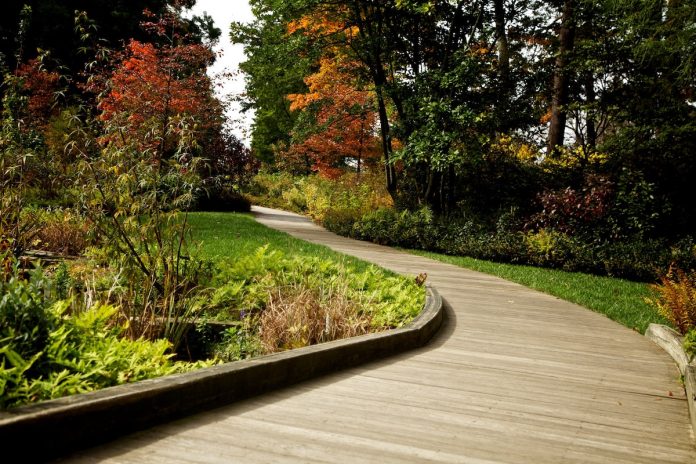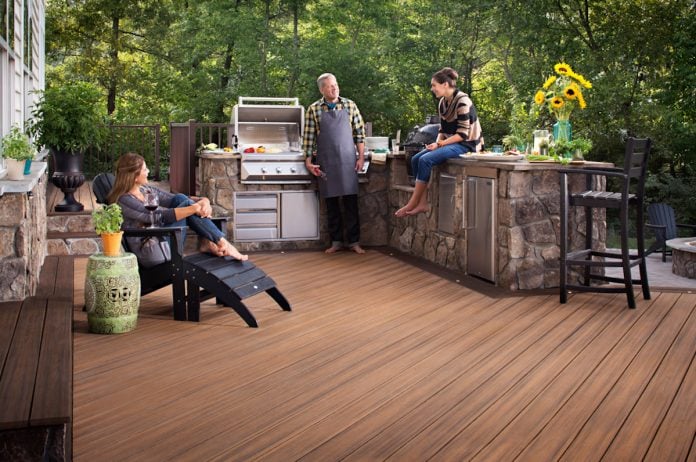Beginner’s decking installation guide
Planning and embarking on a decking installation project can be an exciting venture, transforming an outdoor space into a haven for relaxation and entertainment. As a beginner, the key lies in meticulous planning and step-by-step execution. Let’s delve into the essential aspects to kickstart your decking installation journey.
1. Planning and Preparation
Decking installation starts with careful planning. Begin by determining the purpose of your deck and its location. Consider factors like sunlight, accessibility, and privacy. Measure the area accurately, noting any obstacles like trees or utility lines. Research local building codes to ensure compliance.
Once you have a plan, gather materials. Choose suitable decking material such as pressure-treated lumber, composite decking, or tropical hardwoods. Ensure you have the necessary tools like a circular saw, drill, level, and safety gear.
Prepare the ground by clearing vegetation and debris. If your deck requires a permit, now is the time to obtain it. Mark the deck layout using stakes and string, and excavate the area if needed. Install landscape fabric to prevent weed growth and use gravel or sand to create a stable base.

2. Frame Construction
The structural integrity of your deck hinges on a sturdy foundation, which is precisely what the deck frame offers. This foundational support is crucial for ensuring the stability and durability of the entire structure, particularly for the decking boards. To initiate the construction process, strategically position and secure concrete deck blocks or footings at specified locations. This placement below the frost line becomes paramount, acting as a preventive measure against potential shifts that could compromise the deck’s structural integrity over time.
Next, lay out pressure-treated joists according to your deck design. Ensure they are level and square, using a ledger board attached to the house for support. Install rim joists to complete the frame structure. Attach joist hangers to secure the joists to the ledger board and rim joists.
Check the frame for levelness and stability. Make adjustments as necessary, as the frame’s integrity is crucial for the deck’s durability. Consider adding diagonal bracing for extra support. Once the frame is secure, you’re ready to move on to the next step.

3. Decking Board Installation
Select the type of decking boards that suit your aesthetic preferences and maintenance preferences. Composite boards often require less maintenance but can be more expensive upfront. Wooden boards offer a natural look but may require regular sealing or staining.
Begin installing the decking boards perpendicular to the joists. Leave a small gap between each board to allow for expansion and contraction due to changes in temperature. Use deck screws or hidden fasteners to secure the boards in place. Be mindful of the board orientation to achieve a uniform appearance.
If your deck has angled or curved edges, measure and cut the boards accordingly. Use a jigsaw or circular saw for precise cuts. To create a professional finish, consider adding a border or picture frame by using contrasting boards around the deck perimeter.
As you progress, periodically check for alignment, spacing, and levelness. Trim any overhanging boards to achieve a neat and polished look. Once all the decking boards are in place, it’s time for the finishing touches.
4. Finishing Touches and Maintenance
Complete your deck installation by adding final elements like railing, stairs, and skirting. Choose railing styles that complement your deck design and meet safety standards. Install balusters or spindles with the appropriate spacing to prevent accidents.
If your deck includes stairs, carefully plan their location and dimensions. Ensure a comfortable and safe rise and run for each step. Attach the stringers securely to the deck frame and add treads and risers. Finish the stairs with a handrail for additional safety.
Consider adding skirting to conceal the underside of the deck. This not only enhances the deck’s appearance but also prevents animals from nesting beneath it. Finally, apply a sealant or stain to protect the wood and enhance its longevity. Regularly inspect and clean your deck to prevent mold or mildew growth.
Establish a routine maintenance schedule based on your decking material. Wooden decks may require annual staining or sealing, while composite decks often need less maintenance. Keep an eye on the structural integrity, checking for any loose boards, fasteners, or signs of decay.
Complete your deck installation with Superdeck, Melbourne-based suppliers of premium composite decking material. Whether you prefer the natural look of synthetic turf or the durability of composite decking, both options offer low maintenance and high aesthetic appeal. Super Deck provides top-notch railing styles, safe stairs, and skirting to add the finishing touches to your deck. Seal the deal with their quality sealants or stains, ensuring longevity and a pristine look. Routine maintenance guidance from Super Cheap Grass and Super Deck ensures your deck remains inviting. Transform your outdoor space with these businesses, where quality meets aesthetics for a lasting and beautiful deck.







